New research from Q-MEEN-C shows that electrical stimuli passed between neighboring electrodes can also affect non-neighboring electrodes. Known as non-locality, this discovery is a crucial milestone toward creating brain-like computers with minimal energy requirements.
Tag: neuromorphic computing
Novel computer components inspired by brain cells
Researchers at Empa, ETH Zurich and the “Politecnico di Milano” are developing a new type of computer component that is more powerful and easier to manufacture than its predecessors. Inspired by the human brain, it is designed to process large amounts of data fast and in an energy-efficient way.
A year in review: Argonne’s breakthroughs in 2022
Argonne researchers put their stamp on 2022 with accomplishments as varied as quantum science, wearable medical sensors, and climate change resilience and recovery.
Media Tip: Shock to the system: Using electricity to find materials that can learn
Is it possible for nonbiological materials to “learn”? The answer is yes. Scientists used the Advanced Photon Source, a U.S. Department of Energy (DOE) Office of Science user facility located at the DOE”s Argonne National Laboratory, to observe a nonliving material mimic behavior…
Skin-like electronics could monitor your health continuously
Researchers from Argonne National Laboratory and the University of Chicago’s Pritzker School of Molecular Engineering are developing skin-like electronics paired with artificial intelligence for health monitoring and diagnosis.
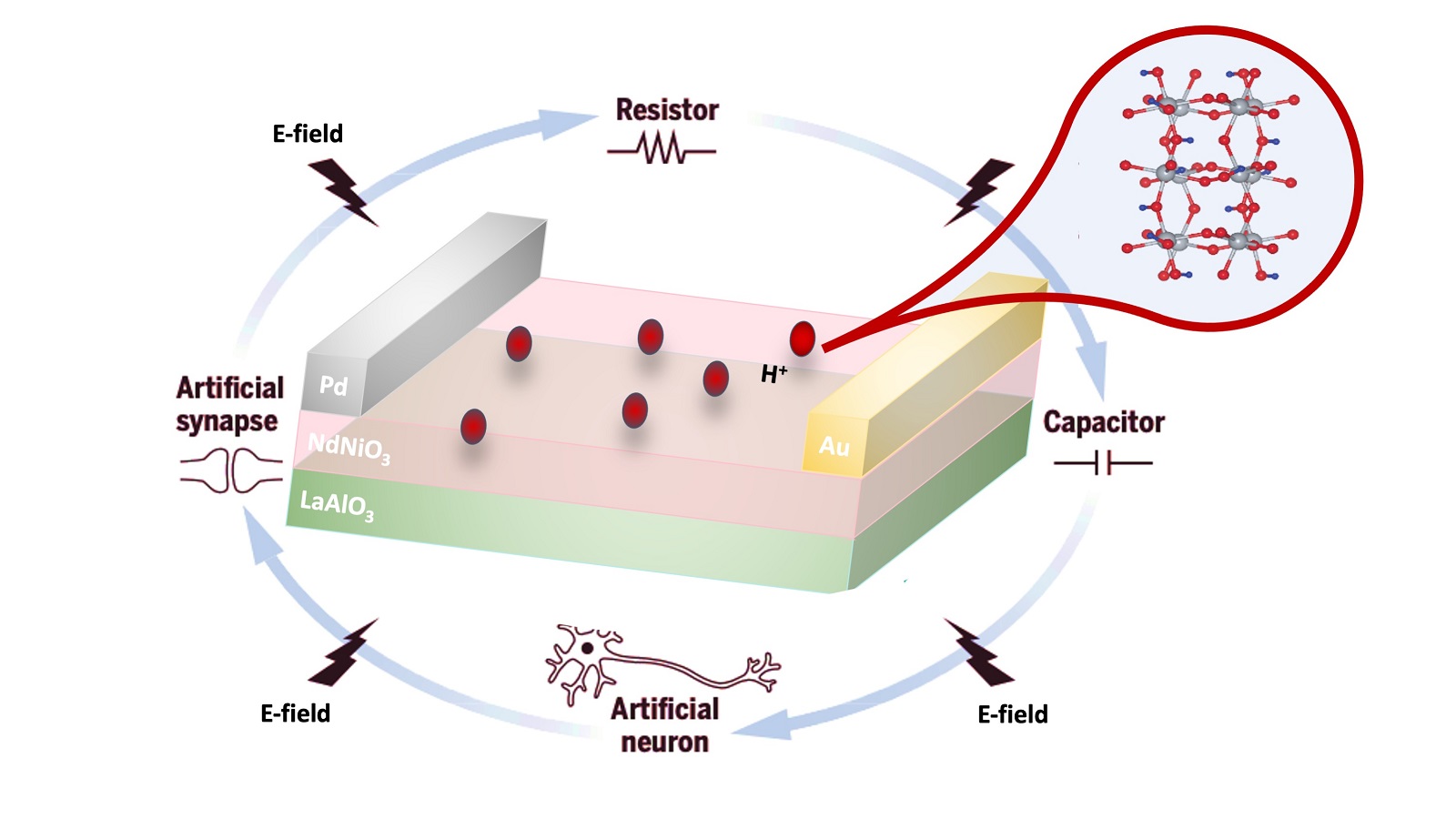
Computer hardware mimics brain functions
A multi-institutional team, including Argonne National Laboratory, has developed a material with which computer chips can be designed to reconfigure their circuits when presented with new information. It does so by mimicking functions in the human brain.
Ultrafast ‘Camera’ Captures Hidden Behavior of Potential ‘Neuromorphic’ Material
Imagine a computer that can think as fast as the human brain while using very little energy. That’s the goal of scientists seeking to discover or develop “neuromorphic” materials that can send and process signals as easily as the brain’s neurons and synapses. In a paper just published scientists describe surprising new details about vanadium dioxide, one of the most promising neuromorphic materials.
Argonne scientists receive Department of Energy funding for microelectronics research
The U.S. Department of Energy (DOE) recently awarded nearly $54 million to 10 new microelectronics research projects. Scientists Supratik Guha and Valerie Taylor at DOE’s Argonne National Laboratory will lead two of these projects.

What if the secret to your brain’s elusive computing power is its randomness?
Scientists at Sandia National Laboratories are creating a concept for a new kind of computer for solving complex probability problems that involve random chance.
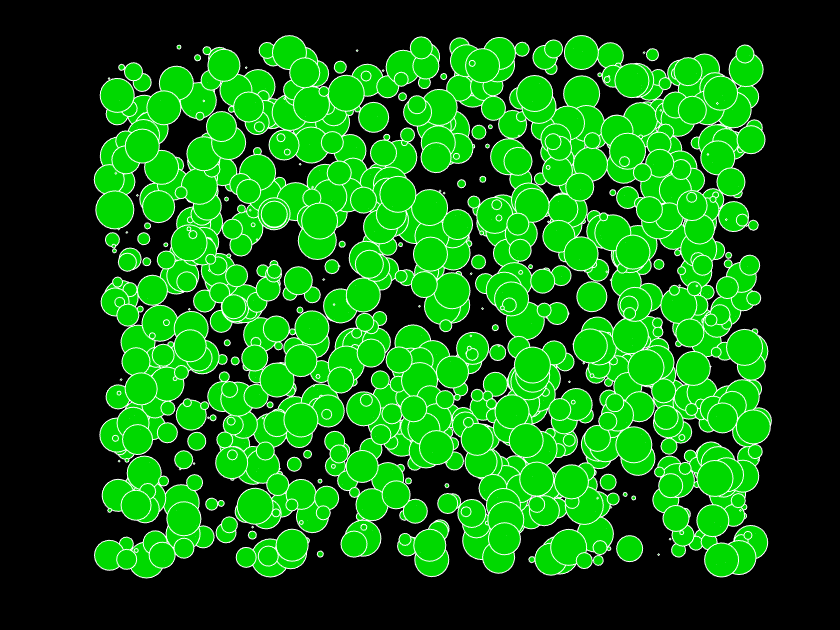
Connective issue: AI learns by doing more with less
Research from the lab of Shantanu Chakrabartty reveals constraints can lead to learning in AI systems.
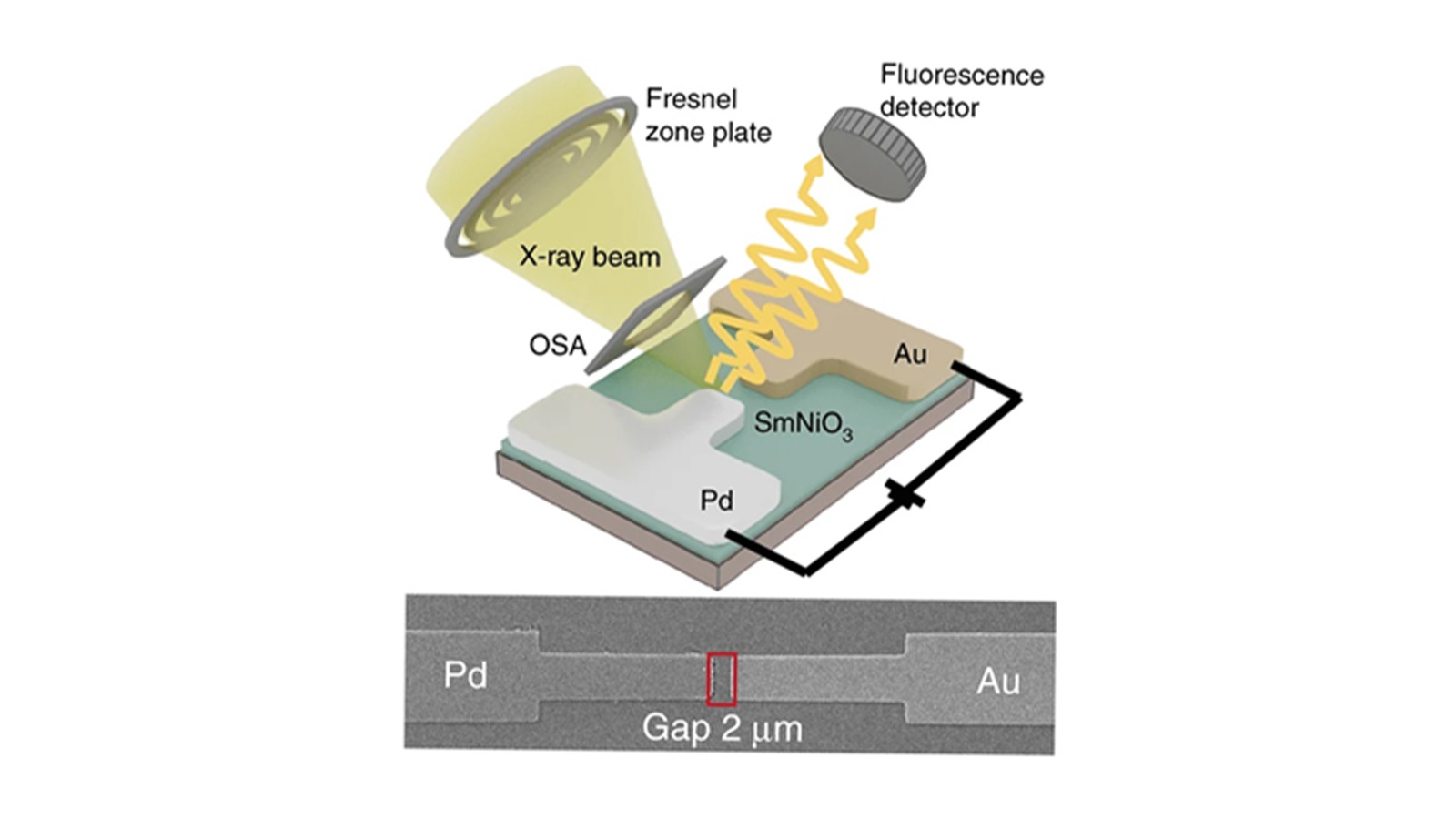
Argonne scientists help explain phenomenon in hardware that could revolutionize AI
A group of scientists from around the country, including those at Argonne National Laboratory, have discovered a way to make AI-related hardware more efficient and sustainable.

Shine On: Avalanching Nanoparticles Break Barriers to Imaging Cells in Real Time
A team of researchers co-led by Berkeley Lab and Columbia University has developed a new material called avalanching nanoparticles that, when used as a microscopic probe, offers a simpler approach to taking high-resolution, real-time snapshots of a cell’s inner workings at the nanoscale.
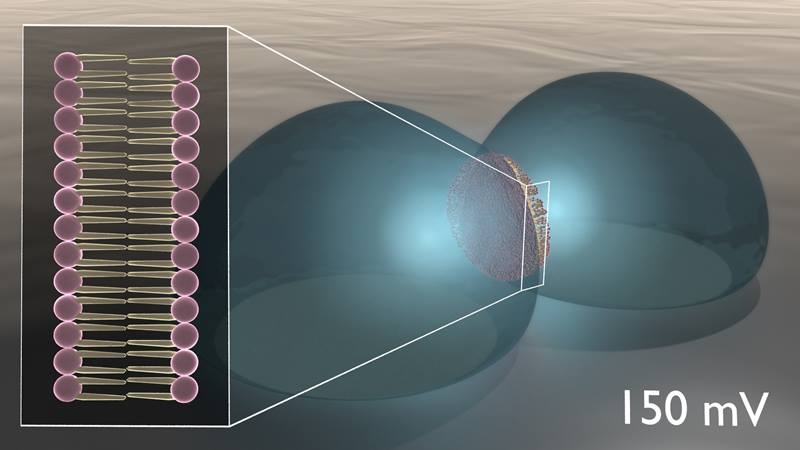
Oil and Water Almost Mix in Novel Neuromorphic Computing Components
Researchers developed a novel memory storage device that uses soft biomaterials to mimic synapses. The device consists of two layers of fatty organic compounds called lipids. The lipid layers form at an oil-water interface to create a soft membrane. When scientists apply an electric charge to the membrane, the membrane changes shape in ways that can store energy and filter biological and chemical data.
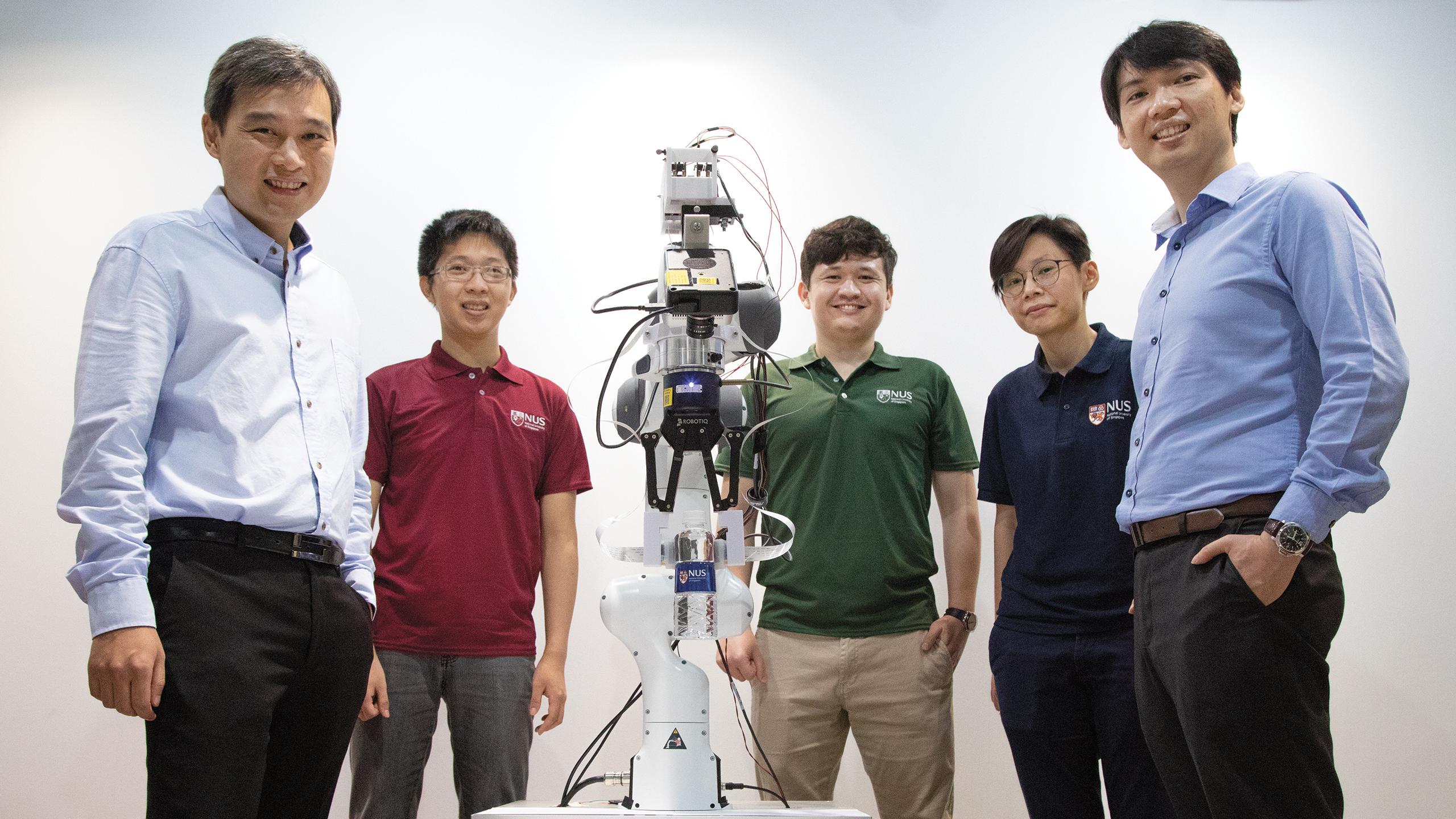
New breakthrough by NUS researchers gives robots intelligent sensing abilities to carry out complex tasks
The novel system developed by National University of Singapore computer scientists and materials engineers combines an artificial brain system with human-like electronic skin, and vision sensors, to make robots smarter.
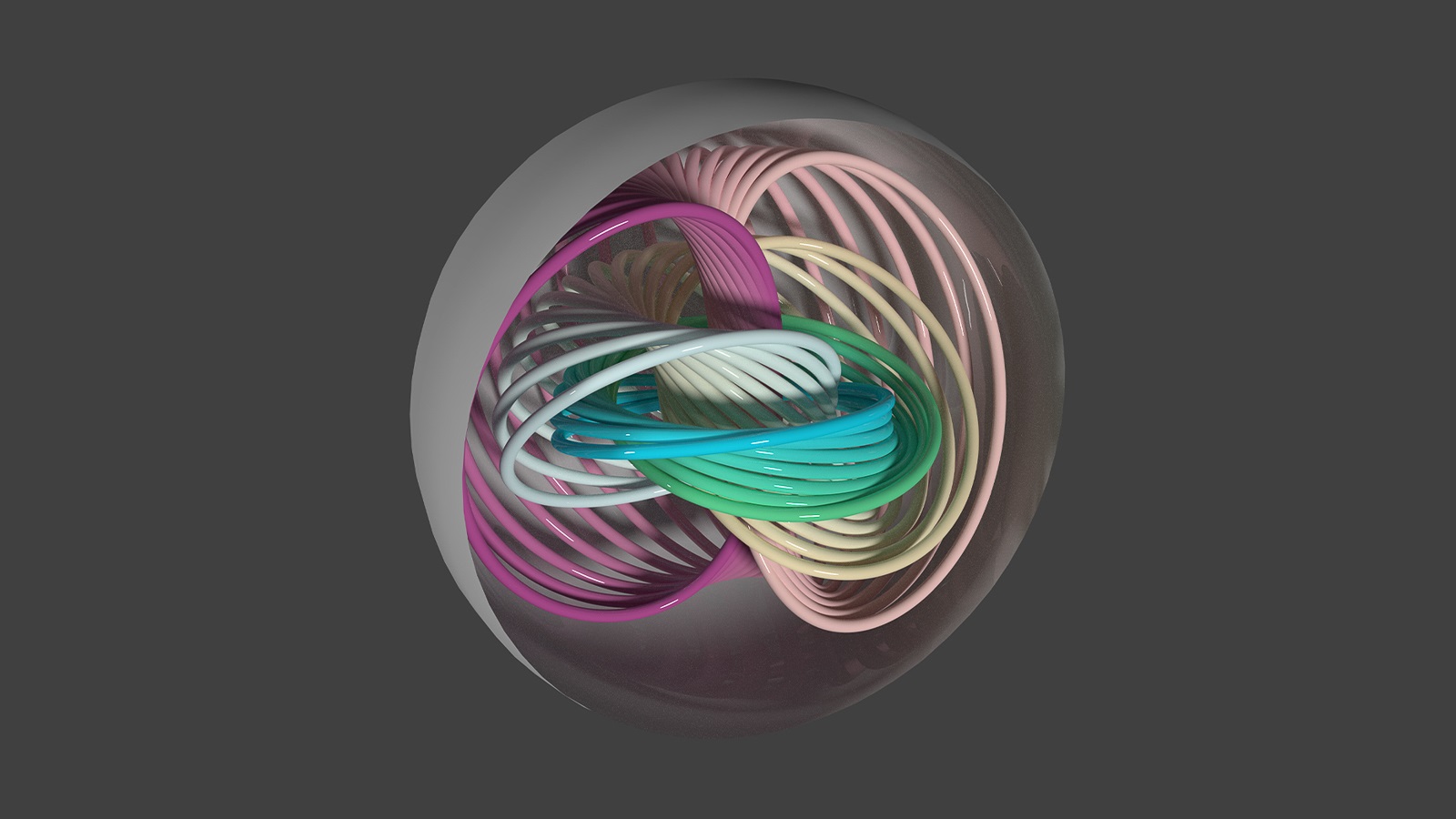
Novel insight reveals topological tangle in unexpected corner of the universe
In a recent theoretical study, scientists discovered the presence of the Hopfion topological structure in nano-sized particles of ferroelectrics — materials with promising applications in microelectronics and information technology.
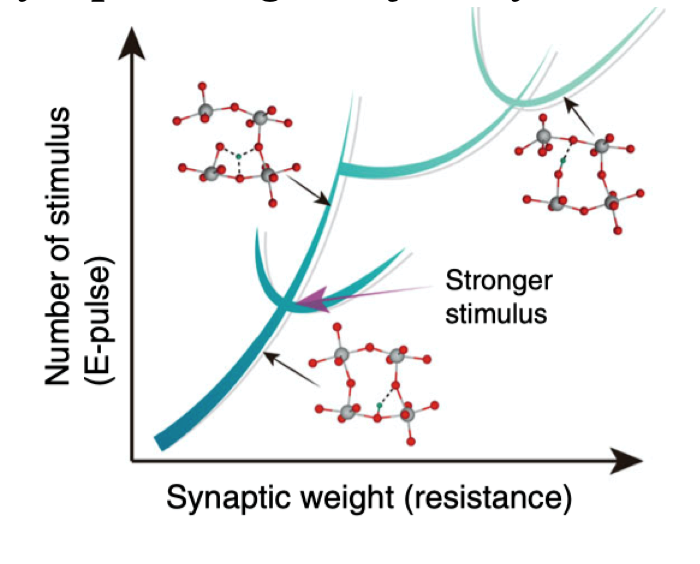
Physicists Go Out on a Limb to Advance AI Computing
Research findings published in Nature Communications outline how a national team of researchers supported by the DOE’s Office of Science opens up a new dimension of safe hardware for AI and neuromorphic computing.
Polymers get caught up in love-hate chemistry of oil and water
Researchers at Oak Ridge National Laboratory and the University of Tennessee achieved a rare look at the inner workings of polymer self-assembly at an oil-water interface to advance materials for neuromorphic computing and bio-inspired technologies.

Reinventing the Computer: Brain-Inspired Computing for a Post-Moore’s Law Era
Since 1947, computing development has seen a consistent doubling of the number of transistors that can fit on a chip. But that trend, Moore’s Law, may reach its limit as components of submolecular size encounter problems with thermal noise, making further scaling impossible. In this week’s Applied Physics Reviews, researchers present an examination of the computing landscape, focusing on functions needed to advance brain-inspired neuromorphic computing.
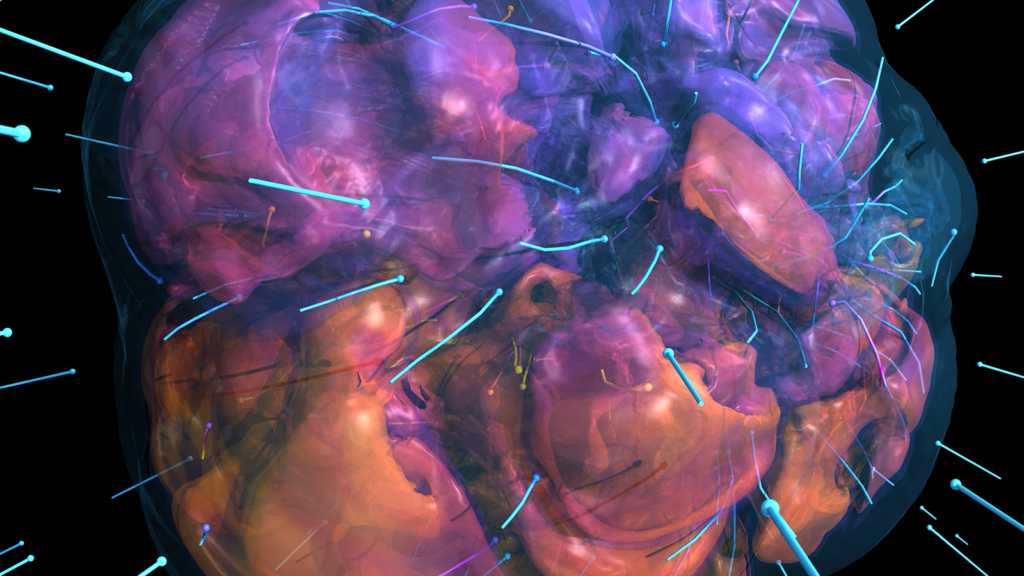
Argonne researchers to share scientific computing insights at SC19
Several Argonne researchers will attend the Supercomputing 2019 (SC19) conference to share scientific computing advances and insights with an eye toward the upcoming exascale era.

Bio-circuitry mimics synapses and neurons in a step toward sensory computing
Researchers at the Department of Energy’s Oak Ridge National Laboratory, the University of Tennessee and Texas A&M University demonstrated bio-inspired devices that accelerate routes to neuromorphic, or brain-like, computing.